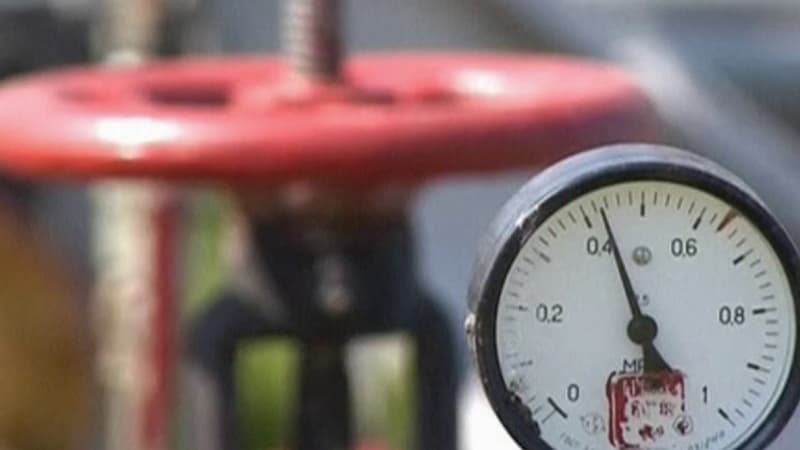France in 2050 will consume less natural gas but will have to finance the same level of gas infrastructure, indicates a study published this Tuesday by the Energy Regulatory Commission (CRE), which suggests a rate change. “Even in a very proactive scenario, with little gas, we generally still need gas networks,” observed CRE President Emmanuelle Wargon, presenting this report on the future of gas infrastructure. “This means that the cost of the networks will have to be shared differently,” she added. The CRE must renew at the end of 2023 the rates applicable to gas bills for the distribution, transportation and storage part for the next four years.
“The idea is to change the construction of tariffs and the regulation that takes into account that we will have, broadly speaking, the same infrastructure needs with (…) a volume of terawatt hours consumed that will drop,” said the former minister.
In its report, the energy regulator examines three scenarios, all of which predict that the next generations will consume much less gas in 2050 than they do today. It is also based on the principle that by 2050 France will only use renewable (non-fossil) gas produced locally, thanks to methanation or other processes that are not yet widely used.
France imports almost all the gas it needs
Despite this metamorphosis, the current network, made up of 37,000 kilometers of transportation pipelines and more than 200,000 kilometers of pipelines for distribution to customers, will continue to be essential, even for serving our European neighbours. “Releasable assets are concentrated in the main transportation network” and “represent between 3 and 5% of the km of transmission pipelines as well as at least 7 compressor stations,” concludes the study in summary. The distribution network, for its part, will continue to be “essentially necessary and dimensioned for the production of green gas” while “certain assets could be abandoned in a proportion that should remain very limited,” it adds.
France now imports almost all of its needs: 450 TWh in 2022, 98% covered by fossil gas and used mainly to heat buildings. The study, which is part of the preparatory work for the multi-annual energy planning law (PPE), is based on existing gas consumption reduction scenarios, which range from simple to double. Grid operators anticipate 393 TWh in 2030 and 320 TWh in 2050 (-29% compared to 2022). The most frugal scenario of Ademe, the environment and energy management agency, forecasts 283 TWh in 2030 and 165 TWh in 2050, that is, a consumption reduced by two thirds compared to the current one.
Source: BFM TV


